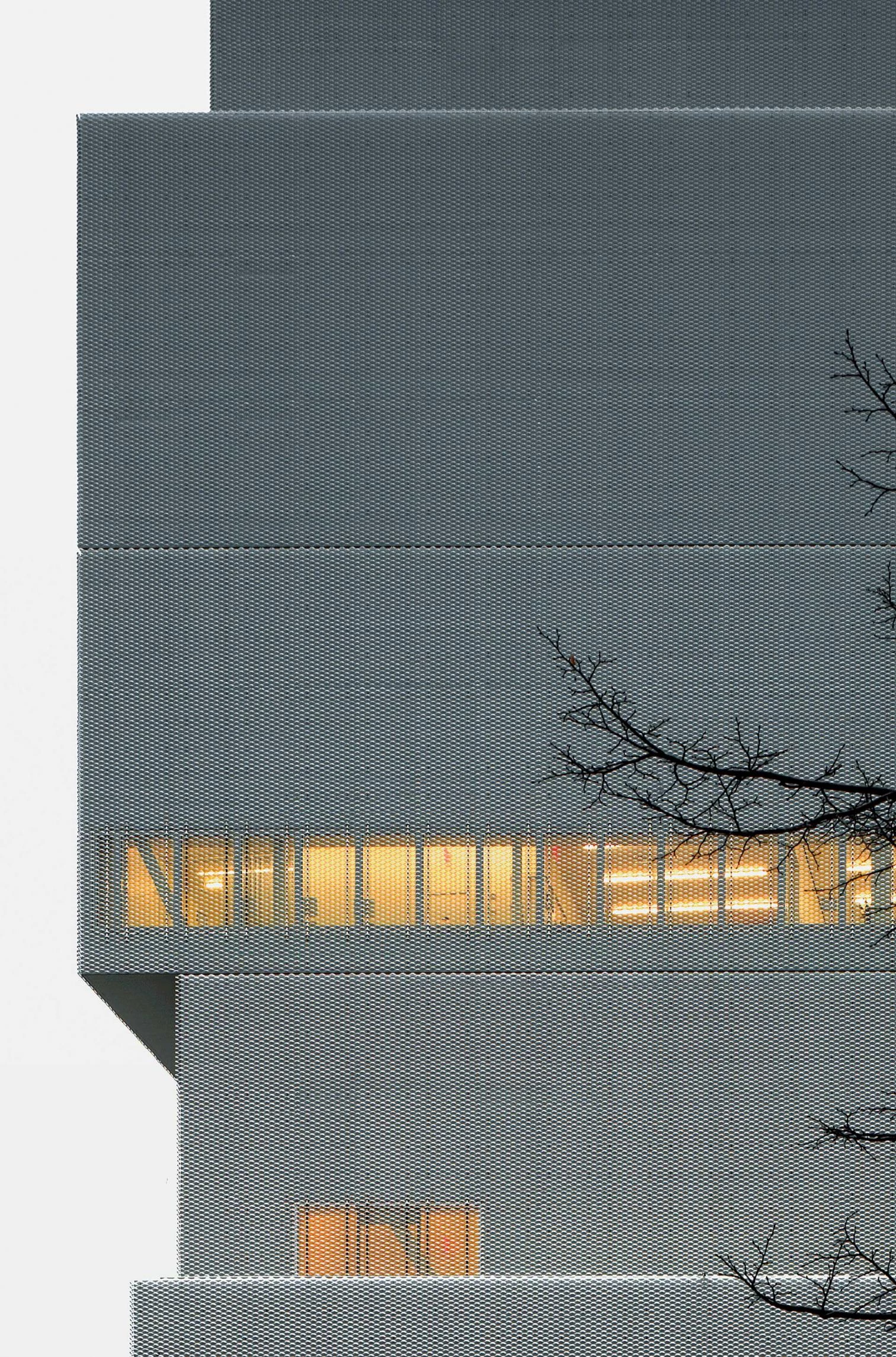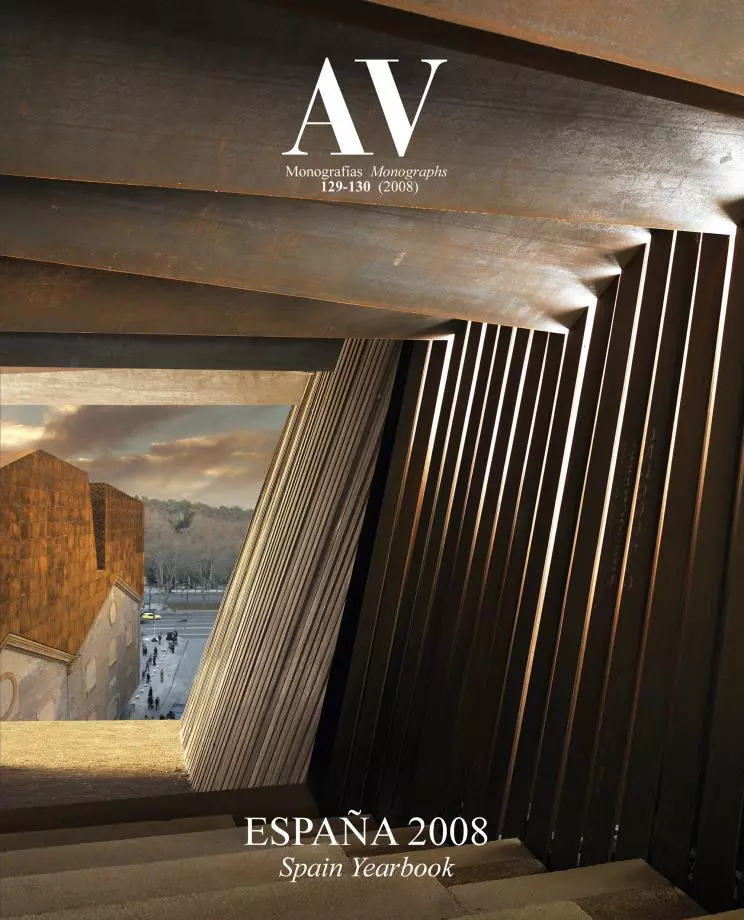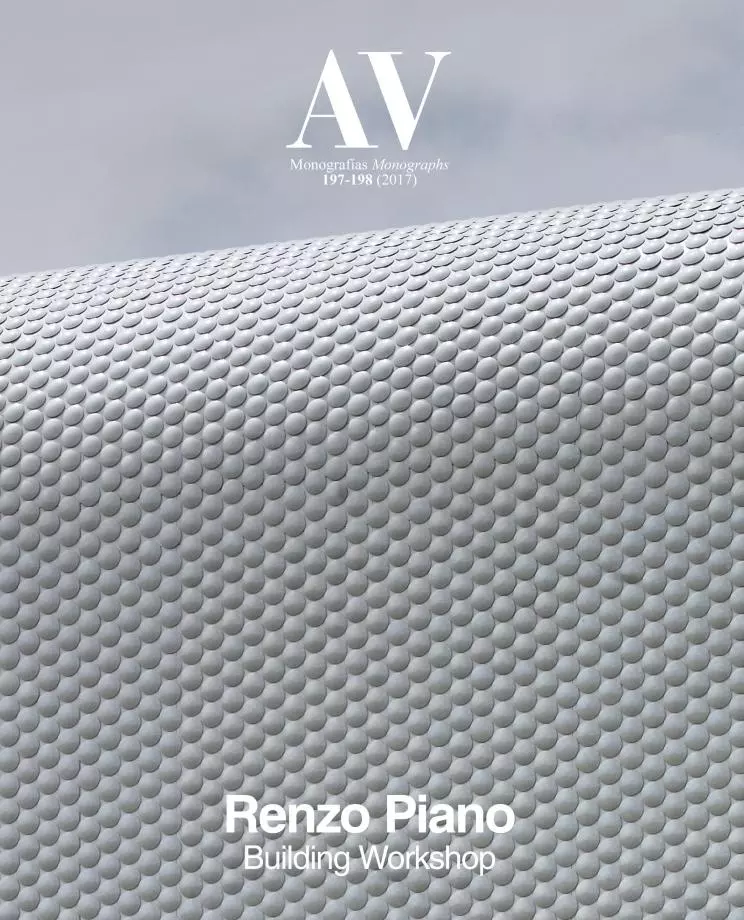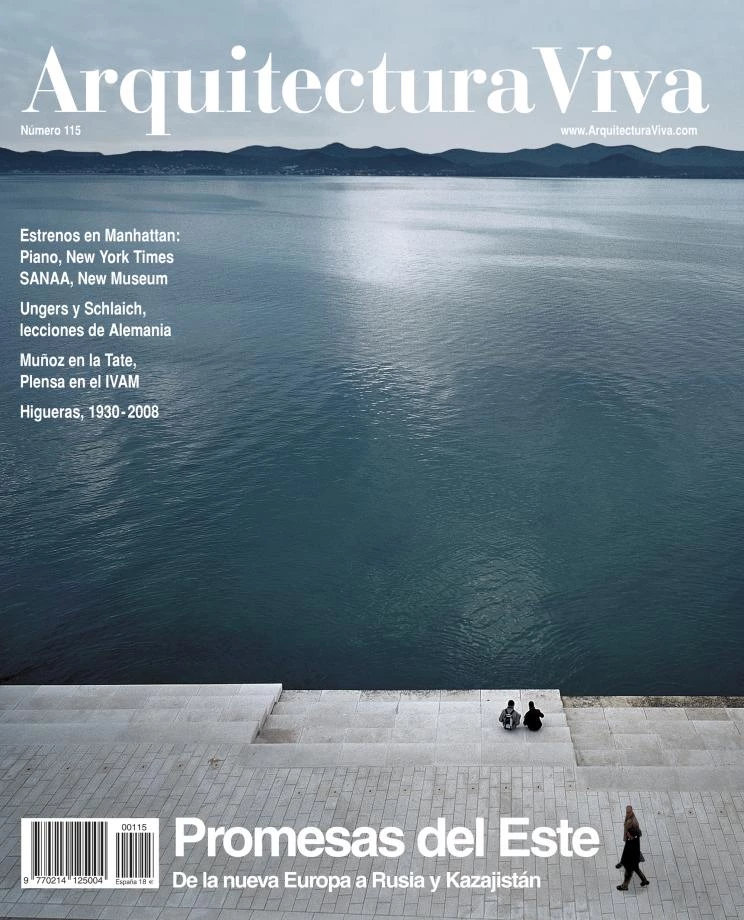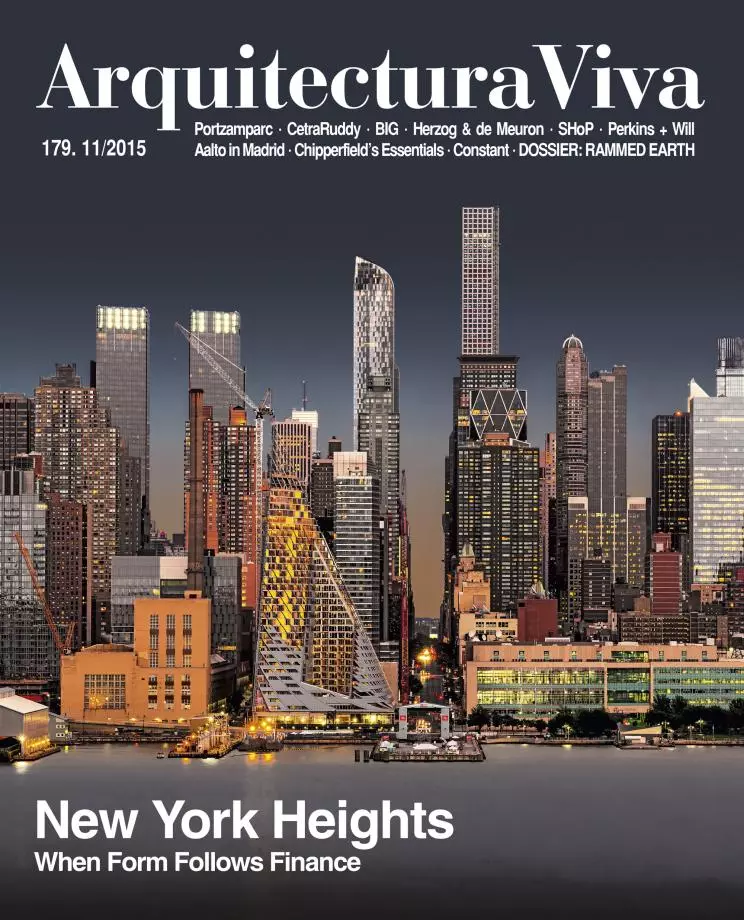Heights of New York
After the trauma of 9/11, New York is experiencinga renewed cultural and artistic vibrancy, evident in the numerous works of architectural excellence.
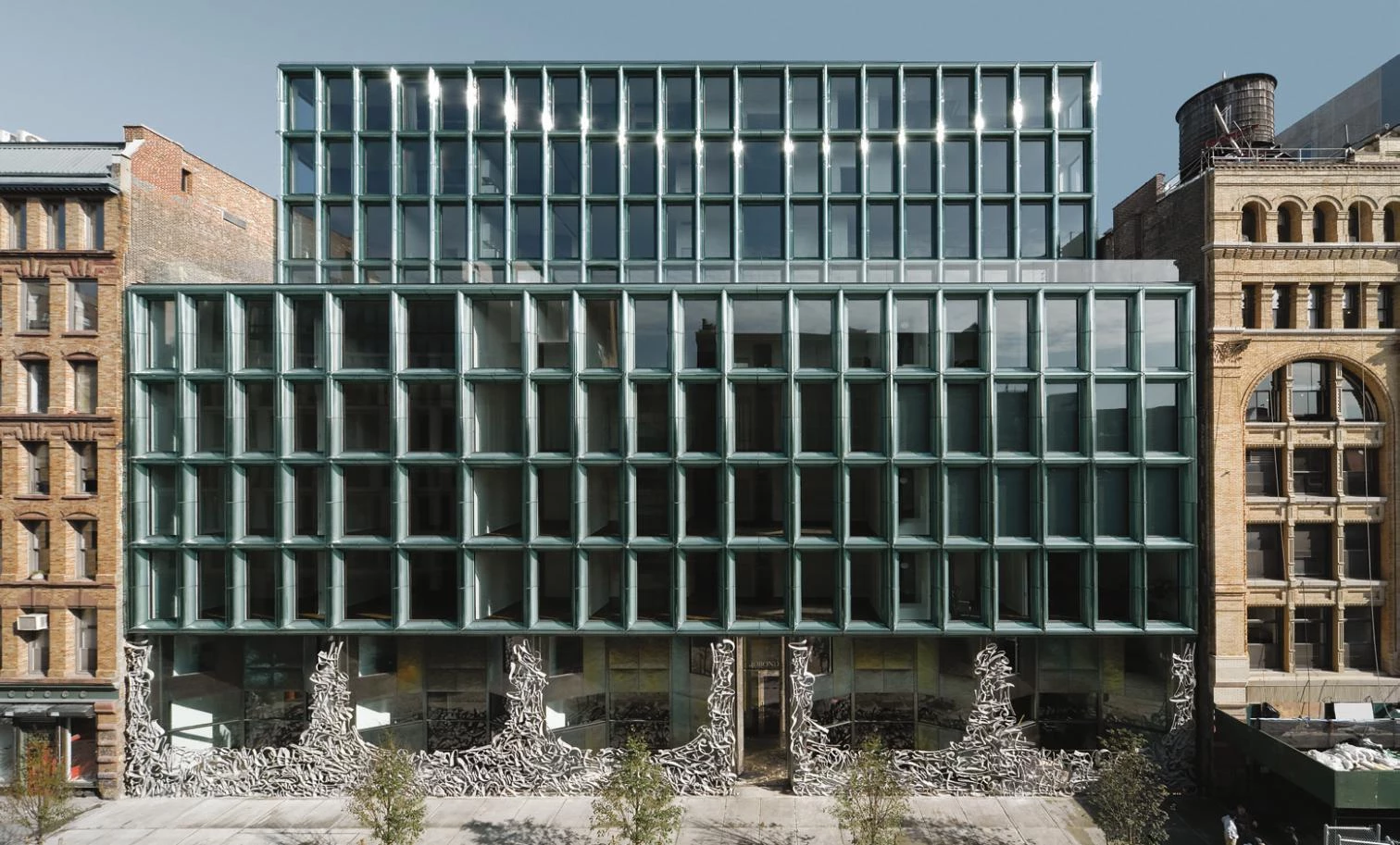
New York remains the capital of the planet. The decline of the dollar and the exodus of corporate headquarters in the wake of 9-11 have somehow debilitated its hold as financial center, threatened moreover as it is by Asia’s rise and the agility of London’s City. But New York City’s position as cultural capital is intact, nourished by the media and the art institutions that still mark time for the world. More than other activities, media-culture goings-on require a degree of physical proximity and concentration in space that makes random encounters and cross-fertilization happen, creating a positive atmosphere that only reaches a level of critical density in some metropolitan contexts. This is the case ofNew York, whose urban economy critically depends on its being a financial center, but more and more also on its lead in fashion, art and music, a web of cultural industries that Elizabeth Currid has called “the Warhol economy,” the effervescent nature of which is responsible for the current dynamism of the architectural scene.
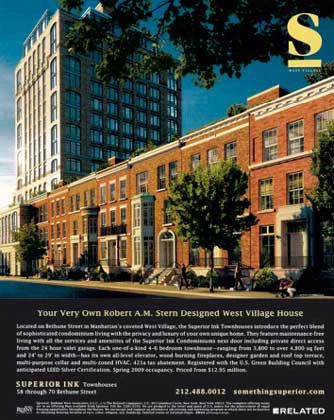
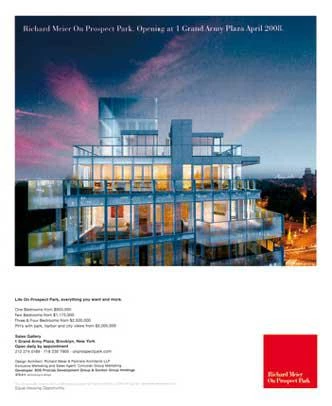
The wealthy vitality of New York City has given rise to a variety of luxury apartments designed by architectural stars, from Richard Meier or Robert Stern toHerzog & de Meuron at40 Bond or Jean Nouvel in the high-rise planned next to the MoMA.
After three decades of decadence, the past years have seen the springing up of a collection of extraordinary buildings that even before completion have made it as icons in city guidebooks. The first milestone of this new harvest of excellence was without a doubt Taniguchi’s enlargement of the MoMA. This was a delicate assemblage operation that was censured for being conservative and short of attaining the perfection of detail characterizing the architect’s Japanese works; two criticisms, to be sure, that owe more to the MoMA’s mood of self-referral and to the indomitable nature of New York’s building industry. But the new MoMA’s popular success kindled a light of architectural hope that the following years would confirm with media headquarters like Norman Foster’s Hearst Tower, a faceted tribute to Brancusi atop an Art Déco building, and cultural headquarters like Renzo Piano’s Morgan Library, an elegant, exquisite insertion between the institution’s eclectic buildings, including McKim, Mead & White’s for the original library.
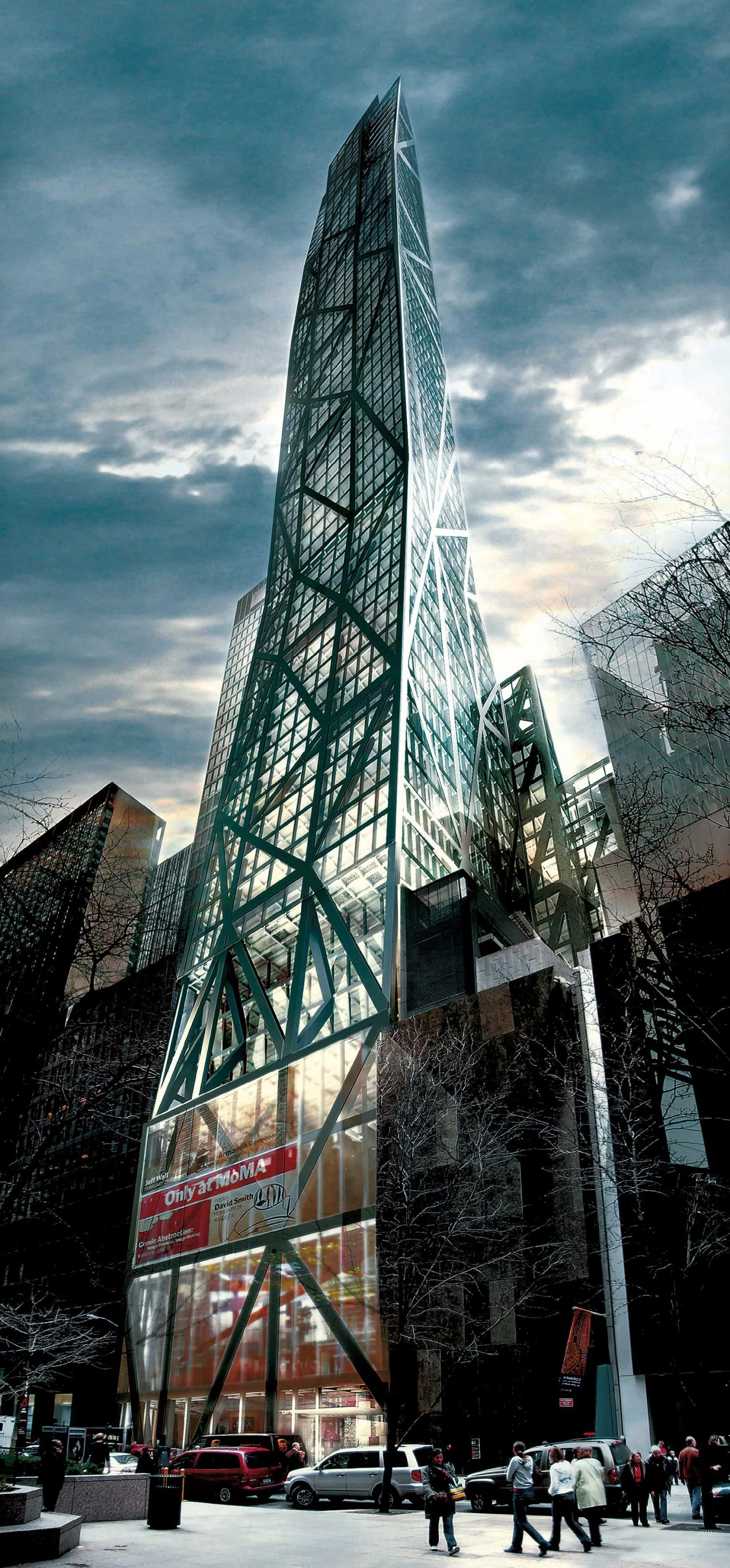
In 2007, described by critic Nicolai Ouroussoff as “Manhattan’s year of building furiously,” the rhythm of openings accelerated spectacularly. This included landmarks like Frank Gehry’s IAC on the banks of the Hudson River, with his characteristic shaken forms, and an eddy of luxury apartment buildings designed by the likes of Richard Meier, Robert Stern, SOM, Bernard Tschumi, Herzog & de Meuron, and Jean Nouvel author, too, of the project for a colossal, 75-floor hotel and apartment tower beside the MoMA, which will use the lower levels to expand its galleries just three years after completing Taniguchi’s extension. The second half of November was witness to two much awaited inaugurations: the headquarters of The New York Times, built by Piano not far from the Times Square that got its name from the original building, and the New Museum of Contemporary Art, conceived by SANAA as a small pile of boxes in the degraded zone of the Bowery, between Soho and the Lower East Side.

The skyscraper built by Renzo Piano for the New York Times brings together formal elegance and technical refinement with urban awareness, opening up to the city with a public ground floor and transparent facades.
These two exemplary works have been selected here to illustrate Manhattan’s current moment, perhaps the most promising in a long time, however true it is that many of the finest additions to the city’s built domain are at the service of sophisticated minorities who consume signature architecture like a snob sign of elitist differentiation. Possibly New York critics, usually skeptical about the future of the city’s architecture, are so astonished by this accumulation of European, Japanese, and even American talent that they abuse the term ‘miracle’ and over-stress the ‘hypnotic’ nature of recent works. But the urban economy of the city that never sleeps has so strong a cultural base that it inevitably encroaches on architectural territory with works of excellence, sometimes mediatized by marketing or sumptuary consumerism, but endowed in many other cases with the kind of civic spirit that pervades Piano’s skyscraper or the visionary impetus that distinguishes Sejima & Nishizawa’s tower.

The small tower erected by Sejima & Nishizawa for the New Museum helps to regenerate its own neighborhood, while dematerializing its volume with a light enclosure and with a section that conceals its true scale.
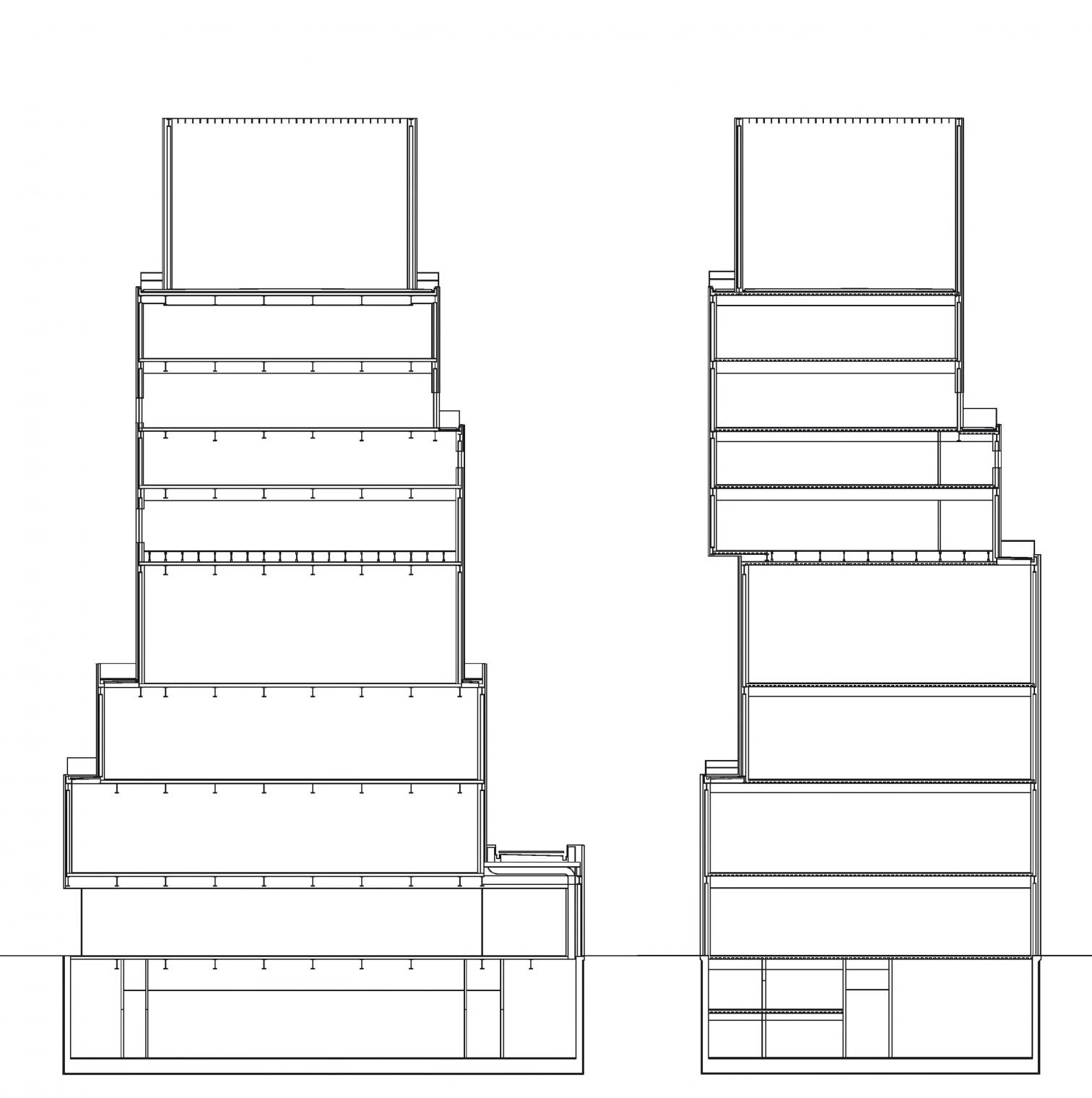
Kenneth Frampton has compared the NYT building to Wright’s Guggenheim and Mies’s Seagram, the two 1959 works he considers the last cultural contributions to the city and the first serious attempt to render the high-rise office building a space of public appearance since the microcosmos of the Rockefeller Center was completed in 1938, not to mention the new NYT’s technical feats such as being “the first exposed steel-frame high-rise in the U.S.” or “the first skyscraper to be shielded from the sun by ceramic louvers.” As for the New Museum, Martin Filler describes it as “one of those rare, enlightening works of architecture that make most other recent buildings of its kind suddenly look ridiculous” and one of the most beautiful ‘skyscrapers’ ever to be built, explaining his use of the term for such a small construction by saying it is a “subliminally monumental landmark,” an addition to the urban profile that is “a poetic meditation on America’s quintessential architectural contribution, and loss.” Against the current insistence on establishing latemodern or neo-modern fidelities, the colloquy between these two intelligent, laconic towers opens up a new fertile forum for dialogue in New York City.
[+][+][+][+]
